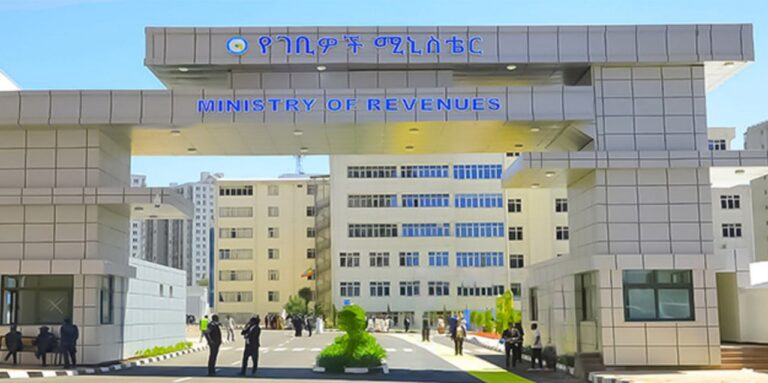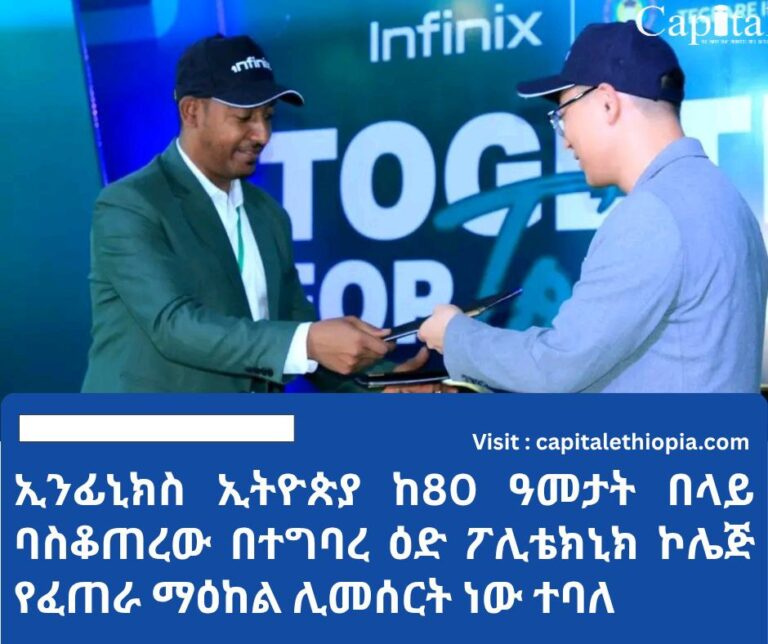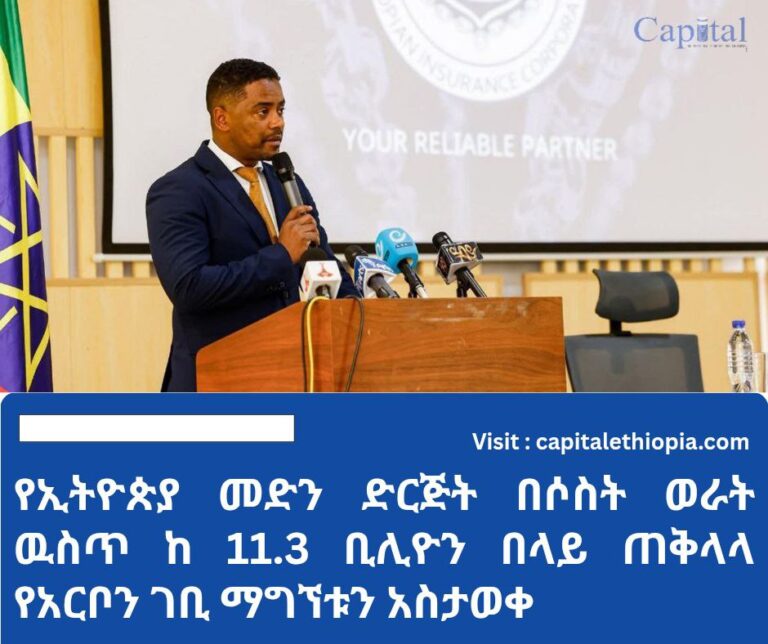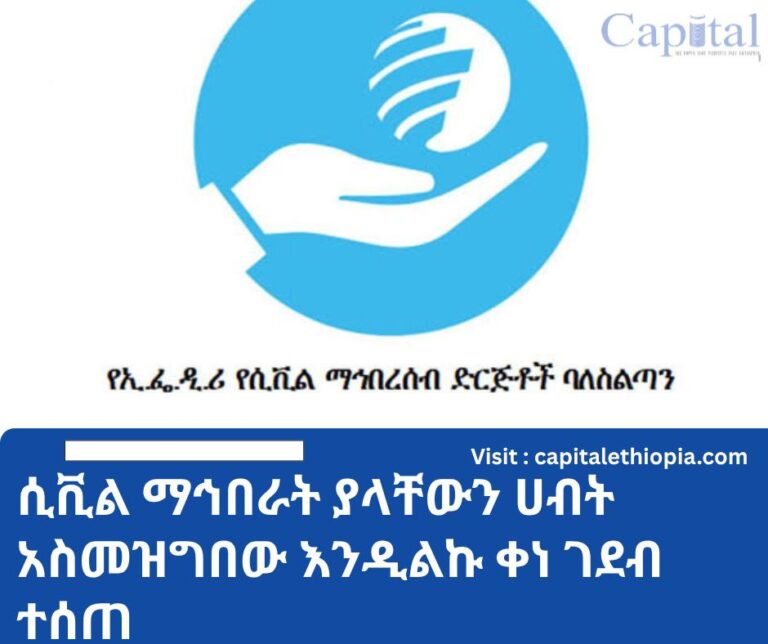A new draft Value-Added Tax (VAT) refund directive aims to align with last year’s amendments to the VAT Proclamation and proposes significant revisions to the existing regulatory framework. Prepared by the Ministry of Revenue, the draft refines the criteria for refund eligibility, particularly in defining large-scale investments.
One major revision focuses on the classification of “heavy investment.” The current Directive 148/2019, established six years ago, defines such projects as those in manufacturing or service provision with a minimum cost of USD 100 million and a project phase lasting three years until production begins. The new draft, however, redefines this threshold to 100 million Birr or 100 million US dollars, while retaining the three-year project duration.
Experts have noted that this change may create ambiguity, raising questions about whether it is a drafting error or an intentional distinction between local and foreign investors and expansion projects.
The draft also modifies the rules for export businesses. It increases the refundable amount for exporters from 25% of the taxable input to 50% of the total expenses for inputs purchased for export items.
However, experts suggest that this new calculation may be less beneficial for exporters compared to the previous system.
Additionally, the draft tightens the rules for taxpayers with mixed transactions (partly taxable and partly exempt). Under current law, a refund is allowed if taxable transactions account for 90% or more of the total. The draft raises this threshold to 95%, meaning that if taxable transactions fall below this new benchmark, no refund will be granted.
The draft also introduces a new provision, replacing the existing 25% rule: if at least 50% of a registered person’s taxable transactions are zero-rated (exports), the input VAT credit exceeding the VAT on those exported goods and services will be eligible for a refund.
The scope of the refund system has been revised, with certain entities now excluded. Specifically, contractors involved in condominium housing projects for defense foundations and capital goods lease financing companies will no longer qualify for VAT refunds under the new draft.
This marks a departure from the current directive, which allows lease financing companies to claim refunds on input VAT paid to local importers or manufacturers for capital goods.
In some areas, the draft simplifies the refund process. For example, it removes the previous mandatory requirement for bank payment documentation to support a refund claim, which could trigger a minor audit. The new directive states that refunds can be processed even without a bank statement.
It also clarifies and expands provisions for entities with special privileges, such as embassies, international organizations, and NGOs, making refunds applicable to their local procurement of goods and services.
For aid organizations, the preconditions for tax refunds have been broadened, and strict deadlines for submitting tax exception requests have been established.
Individuals required to submit an audit report from external auditors must do so before the specified deadlines to receive their refunds.
This draft directive builds upon Directive 148/2019, which consolidated VAT refund rules into a single, risk-based system, repealing several older directives.






